Ballet’s Timeless Elegance: A Historical and Evolutionary Journey
Ballet’s grace, composure, and ethereal beauty have captivated audiences for ages. Ballet, which originated in the 15th-century Italian Renaissance courts, has evolved from a basic form of entertainment to a highly refined art form that captivates audiences all over the world. Let us take a journey through ballet’s rich history and see how it evolved into the mesmerizing spectacle that it is today.
THE EARLY YEARS — Ballet’s Origins
Ballet’s origins can be found in the opulent displays of the Italian Renaissance courts, where aristocratic families hosted elaborate entertainment to commemorate major occasions like marriages. These performances, which laid the foundation for ballet, frequently included dance, music, and dramatic elements. The “Ballet Comique de la Reine,” which was performed in France in 1581 to commemorate Catherine de’ Medici’s sister’s marriage, is among the first ballets ever documented. Balthasar de Beaujoyeulx’s ballet, which featured complex choreography and narrative through dance, launched ballet as a recognized art form.
The “Ballet Comique de la Reine,” which was performed in France in 1581 to commemorate Catherine de’ Medici’s sister’s marriage, is among the first ballets ever documented. Balthasar de Beaujoyeulx’s ballet, which featured complex choreography and narrative through dance, launched ballet as a recognized art form.
THE BAROQUE ERA — Ballet at the french court
Ballet thrived in the French court throughout the Baroque period, thanks to King Louis XIV’s support. The Sun King was an ardent dancer who founded the Académie Royale de Danse in 1661, setting the groundwork for professional ballet training and establishing ballet as a staple of court entertainment. The composer and choreographer Jean-Baptiste Lully worked with King Louis XIV to create magnificent ballets that emphasized the king’s dancing ability while also glorifying the monarchy. Lully’s contributions to ballet music and choreography molded the art form for future generations, cementing his status as a ballet icon.
THE ROMANTIC ERA – Ballet’s golden age
Ballet underwent a dramatic metamorphosis throughout the Romantic era of the nineteenth century, with a focus on storytelling, passion, and supernatural themes. Ballets like “La Sylphide” and “Giselle” wowed audiences with their romantic themes and ethereal choreography, paving the way for ballet’s golden age. Marie Taglioni, often regarded as the first genuine ballerina, captivated audiences with her lightness and grace, pioneering the use of pointe technique and establishing new benchmarks for technical proficiency and creative expression. Her renowned performances in roles like “La Sylphide” cemented her status as one of ballet’s most recognizable figures.
THE CLASSICAL ERA — Ballet reimagined
Ballet evolved further in the late nineteenth and early twentieth century, with the emergence of the classical ballets that we know and love today. Visionaries like Marius Petipa and Lev Ivanov transformed ballet choreography, resulting in renowned works like “Swan Lake,” “The Nutcracker,” and “The Sleeping Beauty.” Anna Pavlova, with her superb technique and passionate performances, won the hearts of audiences all around the world, making her one of the most acclaimed ballerinas of all time. Her devotion to the art form and relentless attempts to popularize ballet paved the road for its global recognition and acceptance.
THE CONTEMPORARY ERA — Ballet’s Continuing Evolution
Today, ballet continues to evolve and thrive, blending tradition with innovation to create mesmerizing performances that resonate with modern audiences. Choreographers like George Balanchine and Twyla Tharp have pushed the boundaries of ballet, infusing it with elements of modern dance and experimentation. Dancers such as Mikhail Baryshnikov and Natalia Makarova have captivated audiences with their technical prowess and artistry, inspiring generations of ballet enthusiasts and pushing the art form to new heights. With advancements in technology and accessibility, ballet has reached new audiences through live streams, film adaptations, and social media, ensuring its continued relevance in the digital age.
THE EXCITEMENT OF THE BALLET WORLD TODAY
Reflecting on ballet’s rich history and growth reveals one thing: the ballet world is as lively and intriguing as ever. Ballet has lasted and thrived, enchanting audiences with its ageless grace and beauty since its humble beginnings in Renaissance Europe’s palaces. As we look forward, we can only fathom the astounding performances and inventions that await us. With a rich tradition of legendary ballet dancers, choreographers, and composers to guide us, the ballet world continues to inspire and amaze audiences all over the world, ensuring that its magic lives on for future generations.
THE BALLET WORLD DIRECTORY
Burbank Dance Academy
- School, Studio, Classes
- https://www.burbankdanceacademy.com/
- info@burbankdanceacademy.com
- (818) 845-8856
- November 25, 2024
Media City Dance
- School, Studio, Classes
- https://www.mediacitydance.com/
- Admin@mediacitydance.com
- (818) 972-9692
- November 25, 2024
Galmont Ballet
- Academy, Choreographer, Coach / Trainer, Corps De Ballet, Costume Designer, Dance Business, Dancer, Director / Manager, Instructor / Teacher, Pre-Professional, School, Studio, Year-Round School, Classes
- http://www.galmontballet.com
- info@galmontballet.com
- (321) 208-7974
- November 22, 2024
Exceleration Studios
- School, Studio, Classes
- https://www.excelerationstudios.com/home
- info@excelerationstudios.com
- (818) 722-6291
- November 18, 2024
California Dance Arts
- Dance Company, School, Studio, Classes
- https://www.caldancearts.com/
- info@caldancearts.com
- (818) 790-7924
- November 13, 2024
Debbie Allen Dance Academy
- Academy, Pre-Professional, School, Studio, Summer Intensive, Year-Round School, Classes
- https://www.debbieallendanceacademy.com/
- info@debbieallendanceacademy.com
- 310-280-9145
- November 11, 2024
Love ♥ Ballet?
Be A Part Of The Directory
Are you a dance school, resource, professional, company, or studio? Add your listing to a growing community that encourages artistic collaborations, nurtures the next generation of dancers, and inspires the world through dance!
©2024 The Ballet World. All Rights Reserved. | All other trademarks, registered trademarks, or copyrights are the property of their respective owners.
TheBalletWorld.com | Contact Us | Newsletter Sign-Up | Advertise | Privacy Policy















